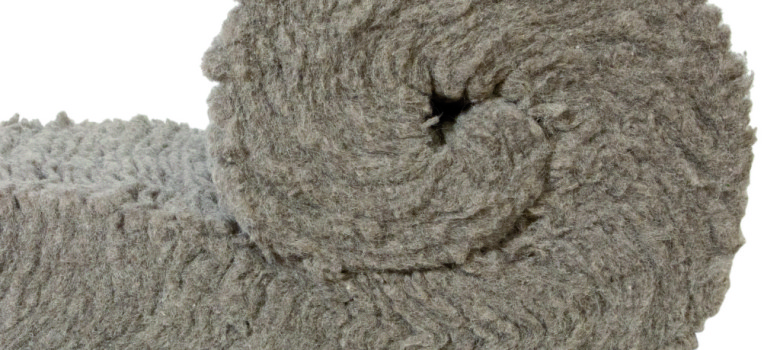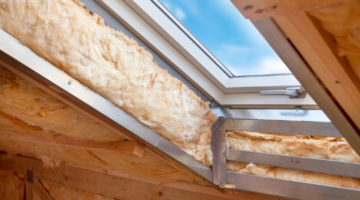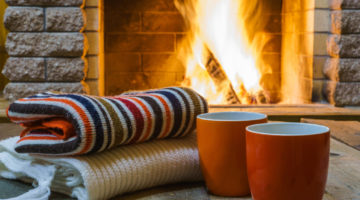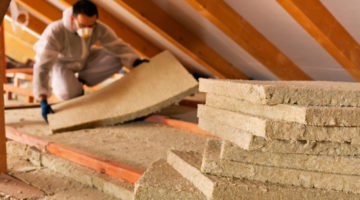
So you want to insulate you loft space or attic? It is a wise move – around 30% of the heat in your home is lost through the roof, so insulating that space in between is going to really save you some money on your heating bill, and also help you do your bit for the environment.
The cost of this sort of work is going to depend on both the type of insulation you want to use, and how the insulation is going to be installed. This is sometimes really straightforward, or sometimes very involved and expensive.

Simple joist level loft insulation
The easiest way to insulate your attic is to lay insulation horizontally across the joists, to a depth of 270mm or more. The process takes a couple of hours for a skilled installer, and is a cheap and easy way to insulate the space. The disadvantages are that you will have to board the loft, or use loft lifters, in order to store anything in the loft. The space will also be cold, so if you intend to use the space in any capacity, remember it is going to get very, very cold in winter and very, very warm in summer.
Insulation at rafter level
If you intend to use the space in the loft, for storage or for anything that might require a bit of temperature control, you will want to insulate at rafter level. Insulating at the sloping rafter level is slightly trickier and will require a bit more technical expertise, but you can use a number of different materials and it will not affect the usefulness of the space to any great degree – apart from keeping it insulated of course.
Roof room insulation
If you have a roof room, you will have a trickier time trying to insulate the space. If it has none or poor insulation, then you have a few courses of action:
- Insulate the residual space behind the stud walls – this is easy to do, just like the joist insulation, so is an easy win.
- Insulate the stud wall, usually with a rigid board insulation, but can also be a vertical application of wool insulation, like Optimal Sheep Wool
- Either tear down the sloping ceiling, insulate and refit the ceiling OR insulate the ceiling internally. You could use a thinner insulating material, like thermal liner, if you don’t want to be so drastic.
Types of Insulation Material
Fibreglass insulation
Fibreglass insulation, made from spun glass, is very cheap to install (around £6 per square meter), but is a nightmare to install because of its itchy fibres.
Mineral or rock wool insulation
The most commonly found insulation material in a loft space is mineral wool or rock wool. It is pretty cheap stuff and has a good insulating effect. It isn’t particularly nice to work with, but it will be cheap and easy to install. Typical costs are around £9 per square meter.
Rigid board insulation
If you need an insulation material with a big more rigidity, able to keep upright and provide maximum insulation for the space available, rigid phenol board insulation is probably the best choice. Still relatively cheap, this sort of insulation is commonly used for rafter application, or in roof rooms and loft conversions. The material will cost around £10-12 per meter but obviously the installation method is going to add to this cost.
Spray foam insulation
Spray foam can be a useful alternative insulation material, but it is quite pricey and will need to be installed by an expert. It requires a thinner thickness of insulation compared to other insulation. Closed cell spray foam insulation is generally more expensive than open cell. Modern icynene spray foam costs upwards of £27 per square meter, so it’s not cheap, and it’s very difficult to remove if you later change your mind.
Premium Insulation and sheep wool
Sheep wool is a really nice material to work with. It is not as irritable as mineral wool, and has plenty of additional benefits, like breathability of the material and its absorption of formaldehyde, something found in many new buildings.
Sheep wool is a great product, but it can prove quite a bit more expensive than standard insulation, at around £25 per square meter just for materials, so it isn’t for everyone.
| Type of Insulation | Estimated Cost |
|---|---|
| Fibreglass | £6 per m2 |
| Mineral wool | £9 per m2 |
| Rigid board | £10 per m2 |
| Sheep wool | £25 per m2 |
| Spray foam | £27 per m2 |
Installing loft insulation
Interested in installing loft installation? We have scoured the country for the best tradespeople, so that we can make sure we only recommend those we really trust.
If you would like us to find you a local installer, just fill in the form below and we will be in touch shortly!












attic insulation installation is one of the home improvement methodologies which helps in deduction of energy level and utility bills.
I disagree with your claims, and having insulated in excess of 500 000 roofs I think I know what I am talking about. Insulation does not save heat, it does not store heat or trap it, I wish it did, we all do, but it doesn’t.. All it does is acts as an giant ‘draft excluder’. It reduces the amount of cold air thats gets into your property through the eaves, soffits and roof tiles, prevents it entering your home via the ceiling and electric lighting wires cords & holes. It should stop all of it, but for various reasons does not,think of a bedroom ceiling as containing 1000 holes, insulation blocks lets say 850 of them, but unwanted cold air uses the other 150 holes to gain access, Good laying is essential, but no matter how good it is the results will never be perfect. As a contractor I used 434 sq feet of insulation to cover an 550 sq foot loft, 116 sq ft of the loft was uninsulated and could not be PHYSICALLY insulated. This missing insulation cover allows heat to escape, and entry points for cold air from outside to enter.
You are talking rubbish, rwilson. You have insulated more than 500,000 roofs? Really?
Assuming that it took you 1 hour to insulate one roof, which of course it doesn’t, but even if we assume you were amazing and it took you one hour per roof, and even if we assume you worked 24 hours a day for 50 years, i,e. you were a super human that did absolutely nothing but work all day, every day, for 50 years, you would still have managed 438,300 insulations!
I thought the exact same thing; too much time trapped up a roof has messed about with Sir Wilson’s math (Sir due to the knighthood received for a crazy amount of work) 🙂